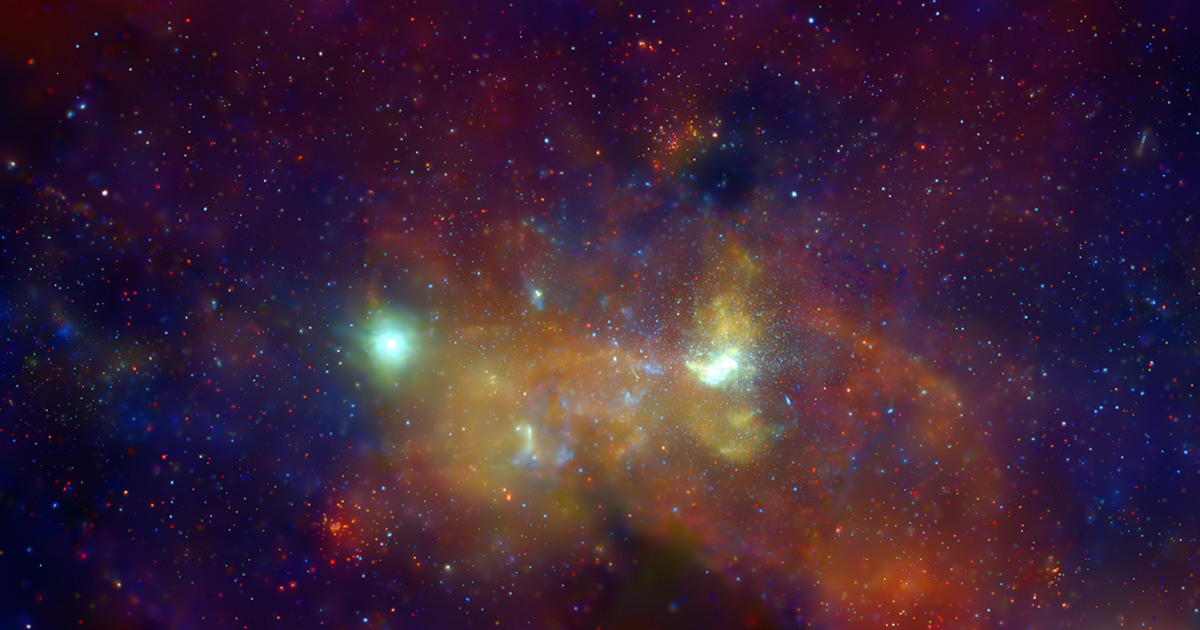
Zucker, who completed the research during a fellowship at the Harvard-Smithsonian Center for Astrophysics, said the cosmic chain of events, which was set off by the ancient supernova explosions, provides an explanation for how “all nearby star formation began.”
Alyssa Goodman, a professor at the Center for Astrophysics and a co-author of the study, likened the process to snow plows that sweep material out to the peripheries.
“The plows create these piles that get bigger and bigger, and then as that pile gets big enough and dense enough, it has enough mass to start collapsing to form new stars,” she said.
Seven well-known star-forming regions can be found on the surface of the Local Bubble at present, but until now, it was not well understood how they all came to be.
“We’ve known about the bubble for 50 years, but what we didn’t know is the relationship between the Local Bubble and the formation of all nearby star-forming regions,” Zucker said.
The scientists were also able to create 3D maps of the sun and Earth’s location within the bubble. João Alves, a professor of stellar astrophysics at the University of Vienna and a co-author of the study, said the sun was likely far away when the Local Bubble was first created.
“But about five million years ago, the sun’s path through the galaxy took it right into the bubble, and now the sun sits — just by luck — almost right in the bubble’s center,” he said in a statement.
That positioning is not altogether unusual, Zucker said, because star-forming bubbles are thought to be common throughout the Milky Way.
“The Local Bubble is just the one that we happen to be inside of at the moment,” she said. “We think that the sun in its history has likely passed through many, many superbubbles.”
Zucker added that stellar nurseries may crop up where multiple bubbles touch and interact.
The researchers found that the Local Bubble is still slowly expanding, but said it will eventually lose speed and either be overtaken by a nearby bubble or simply peter out and merge with its environment.
Goodman said the discovery of the Local Bubble’s structure and history took them by surprise. The astronomers had initially set out to map parts of the galactic neighborhood when various pieces of the puzzle started to fall into place.
“It was sort of like early maps of Earth, where we didn’t know that Africa is connected to the Middle East or that North America is connected to South America,” she said. “We just knew things were out there and we were trying to make a picture of what it looked like. When we put everything together, it was like, ‘Oh, wait, all these things are connected.'”
Source: | This article originally belongs to Nbcnews.com









